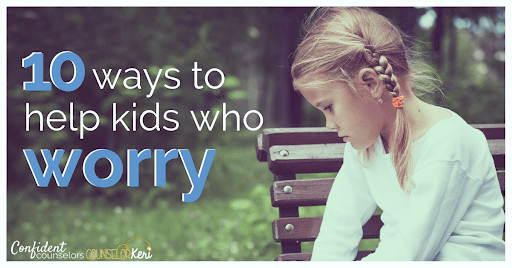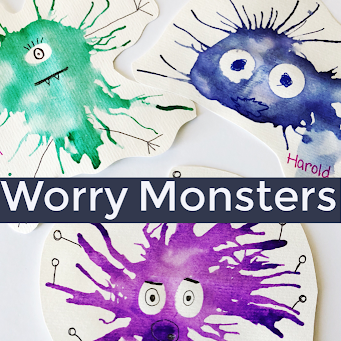Worries
Primary students are becoming aware of the challenges they face in the world around them and, as a result, it is natural that they start to worry.
Students will complain about a tummy ache or a feeling that they cannot identify but, with a bit of digging, it often turns out that they are feeling anxious or worried about something.
What Do Worries Look and Feel Like?
Mr. Parker teaches about what anxiety can look and feel like in your body. In this lesson, you’ll learn about things that can help you when you’re feeling anxious and that having worries is something that everyone experiences.
“Worry Says What?” by Allison Edwards
Some journal prompts after reading “Worry Says What?”:
- What are some of your worries? If it helps, categorize your worries into small worries and big worries
- What are some effects of your worries?
- How do they make you feel in your body?
- What are some strategies you use or could use to help you diffuse your worries?
Some articles, activities, videos, and books to use with students when supporting them in managing their own worries:
Help Kids With Worry Using These 10 Worry-Busting Strategies
10 Ways School Counselings Can Help Kids With Worry: Use these strategies to help your students manage their worries at school.
Worry Group Art Activity: Make Worry Monsters with Deep Breathing
Help your students in worry group personify their worries by making a worry monster with watercolors and a deep breathing exercise! Students will learn two helpful strategies to manage worries in small group counseling or individual counseling.
This meditation video focuses attention on worry and anxiety and offers a way to reduce them.

Wilma Jean the Worry Machine
by Julia Cook
The goal of the book is to give children the tools needed to feel more in control of their anxiety. For those worries that are not in anyone’s control (i.e. the weather) a worry hat is introduced.

The Huge Bag of Worries
by Virginia Ironside
Wherever Jenny goes, her worries follow her – in a big blue bag. They are with her all the time – at school, at home, when she is watching TV and even in the bathroom! Jenny decides they have to go, but who will help her get rid of them?

Worries Are Not Forever
by Elizabeth Verdick
The book assures children that lots of kids – and grown-ups – feel worried, and that they can learn to make their worries “smaller and smaller and smaller.” Talking about worries, moving around, keeping hands busy, breathing deeply, getting a big hug, and thinking good thoughts are all ways for children to cope with worries.

The Don't Worry Book
by Todd Parr
A book about things that might make kids worry–from loud news, to loud neighbors, or a big day at school.



